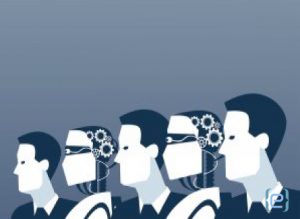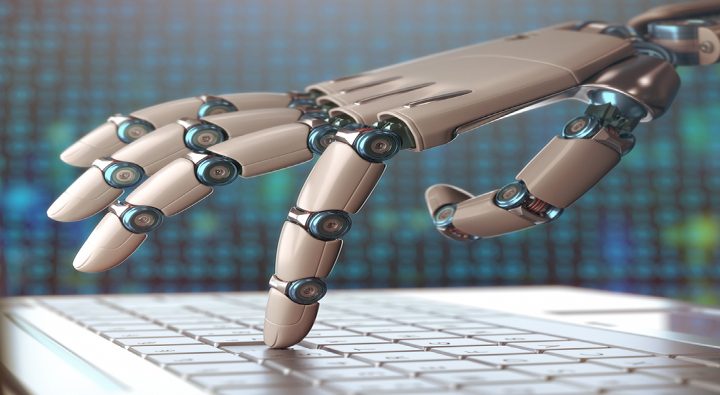Whether it’s a phone that suggests driving directions based on the user’s current location or a cylinder on a coffee table that can book a dinner reservation, technology once relegated to the pages of a science fiction book is now commonplace. eMazzanti delves into today’s artificial intelligence capabilities, discusses tomorrow’s machine learning-enabled potential, and describes a Microsoft platform that’s bridging the gap between the two.
Going from Google’s Alexa to Westworld’s Robots
 Artificial intelligence, or AI, refers to machines and systems that mimic human processes like learning, reasoning and self-correction. Though AI has been in the lexicon since the 1950s and man’s imagination far longer, it has only existed in everyday life for the last few years.
Artificial intelligence, or AI, refers to machines and systems that mimic human processes like learning, reasoning and self-correction. Though AI has been in the lexicon since the 1950s and man’s imagination far longer, it has only existed in everyday life for the last few years.
Facebook’s facial recognition, Pandora’s music recommendations, and Siri’s voice activation features are all examples of AI. Revolutionary as they are, today’s technology is considered “narrow AI” in that each device is designed to perform a particular task.
The ultimate goal is “strong AI”, characterized by a system with general human cognitive abilities that enable it to react to unfamiliar tasks. Think the spirited robots of HBO’s Westworld sans rebellious desires. Though strong AI technology is estimated to be a century or so away, advancements in machine learning may bring it to fruition sooner than expected.
ML for short, machine learning is a method of data analysis that automates pattern recognition and other predictive processes that make it possible for computers to reveal insights that they are not explicitly programmed to find.
Though in its infancy, ML has made quite a splash—helping the financial sector to assess risks, the healthcare industry to determine a patient’s prognosis, and the marketing world to plan effective advertising campaigns.
The speed of ML’s evolution will dictate how quickly technology climbs from narrow AI, like Google’s Alexa, to Westworld’s Maeve. One company in particular—Microsoft—is committed to accelerating that timeline.
Democratizing Machine Learning with Microsoft
Earlier this week, news broke that researchers in Microsoft’s India-based laboratories are developing a new class of ML technology to embed AI into miniscule devices. The news is exciting, but unsurprising given Microsoft’s currently available Cortana Intelligence Suite, a bundle of the tech titan’s ML-centric offerings.
The crown jewel of the Cortana Intelligence Suite is Azure Machine Learning (ML). Just as Microsoft’s Excel democratized data analysis 30 years ago, its Azure ML is bringing ML development to the masses.
In Azure ML’s cloud-based development environment, those without a data science background can drag and drop elements to build their own data models and diagrams.
The Cortana Intelligence Gallery is filled with examples of real life users’ finished products. These custom solutions help small business owners in industries from real estate to geographic information system (GIS) mapping leverage data to make more informed decisions.
Thanks to companies like Microsoft, today’s businesses are operating in a time when AI and ML are sophisticated, accessible, and poised to significantly improve.
The tech experts at eMazzanti are proud to help clients adopt Microsoft Azure and similarly effective AI/ML tools to upgrade operations to adapt to changing times. Click here to schedule a consultation.







